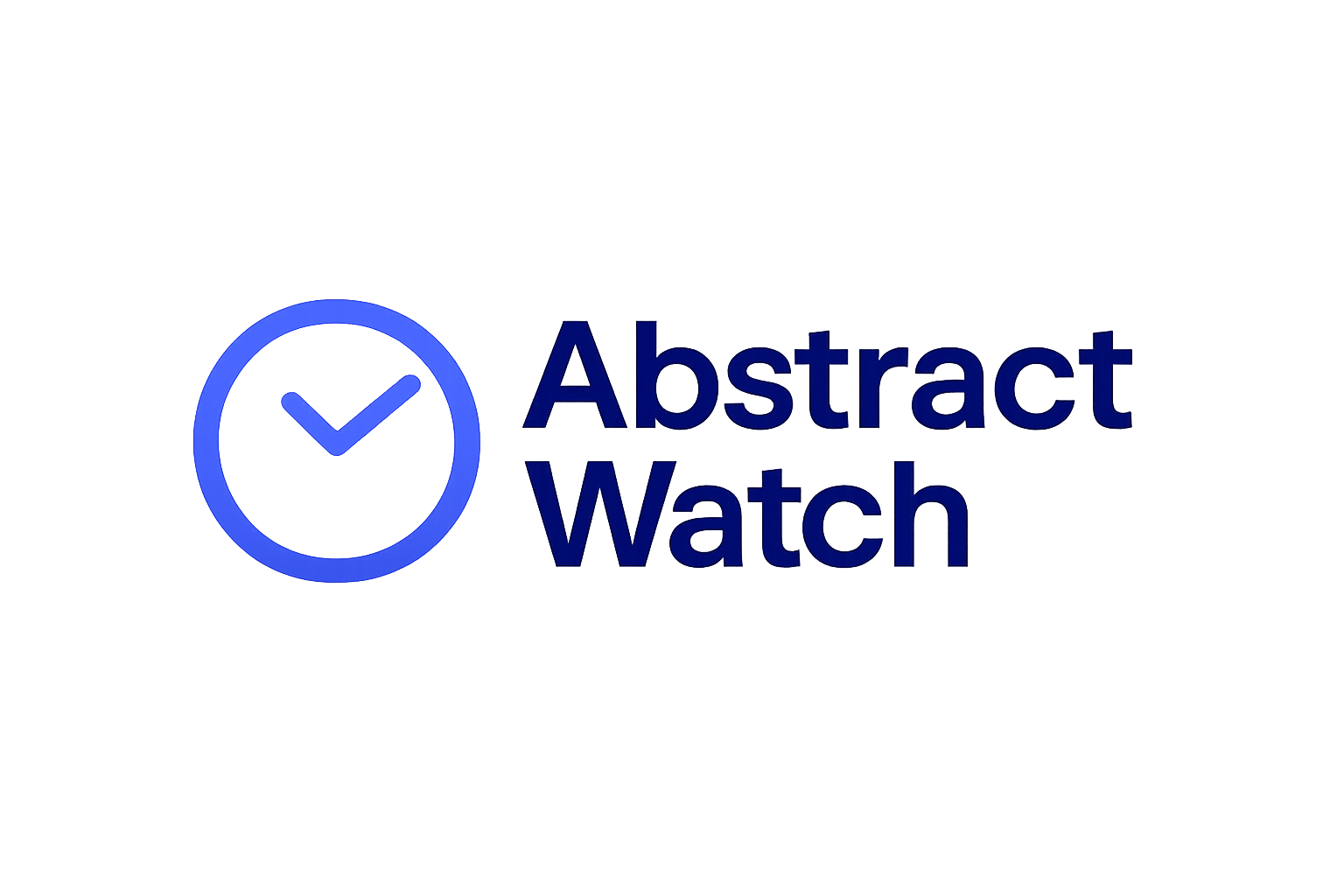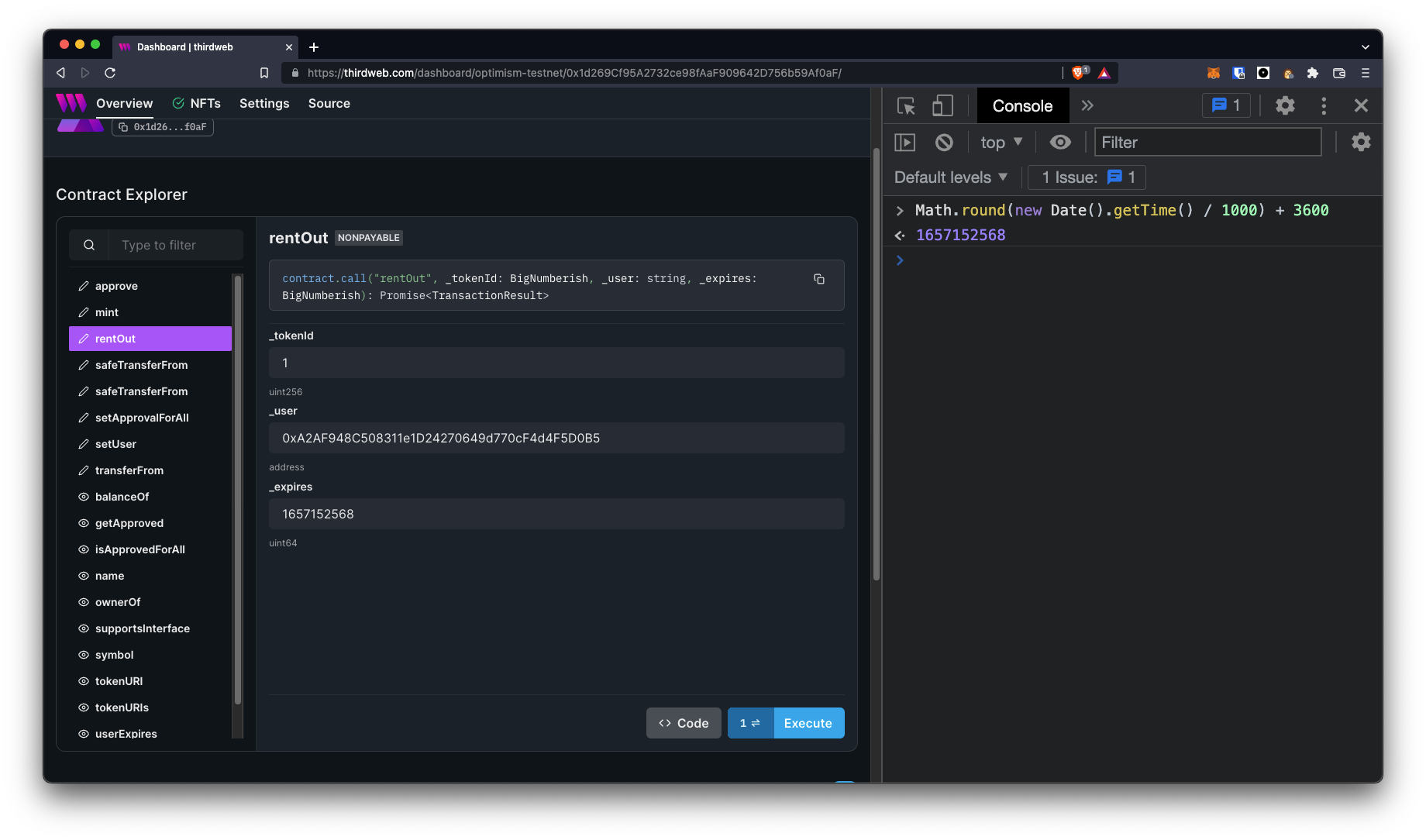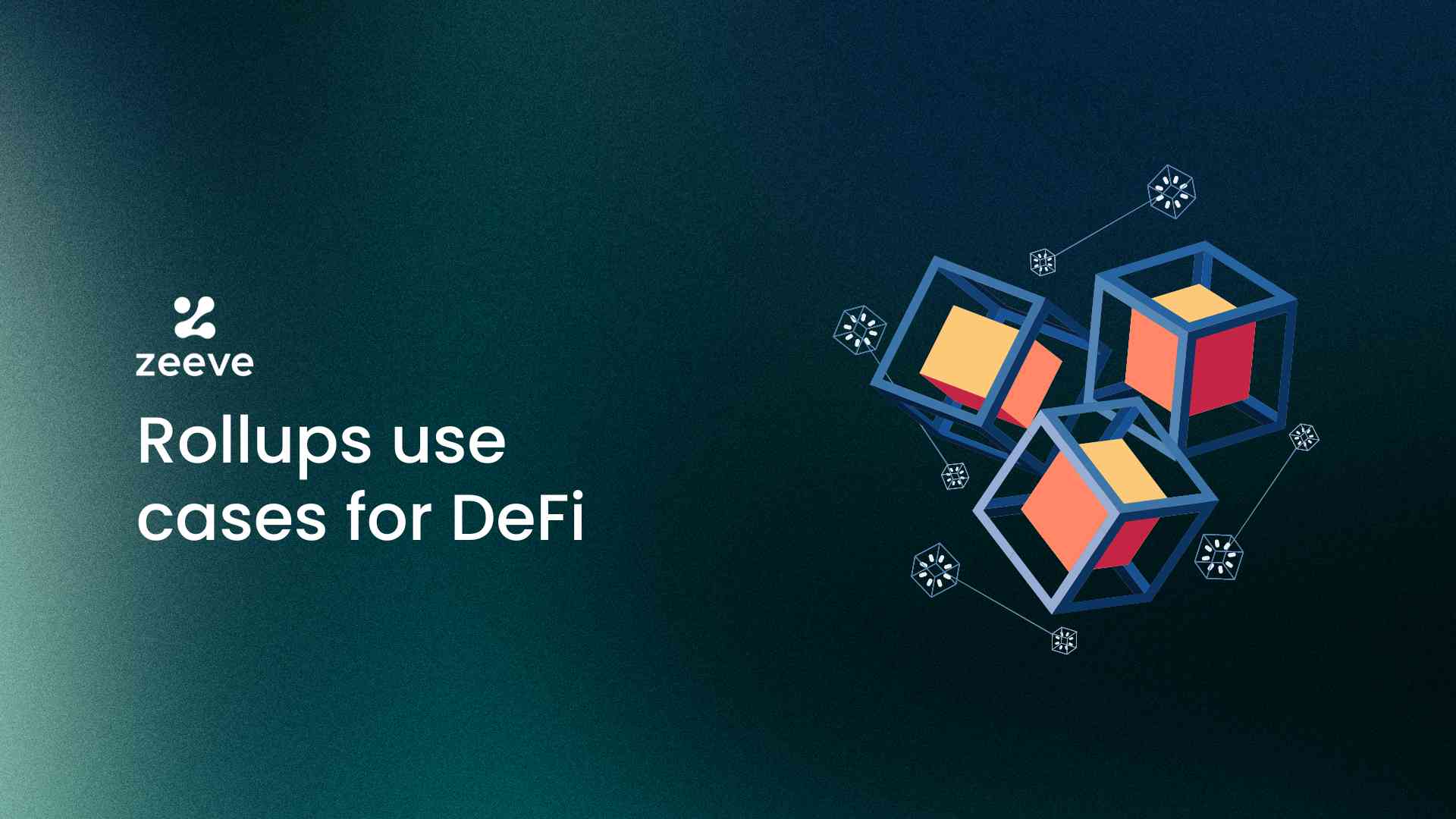
No-code Rollup-as-a-Service (RaaS) platforms are rapidly transforming the landscape for Web3 startups by making app-chain deployment more accessible, cost-effective, and scalable than ever before. In 2025, the competitive edge in blockchain innovation is no longer reserved for teams with deep protocol expertise. Instead, user-friendly RaaS solutions are democratizing access to modular blockchain infrastructure with intuitive interfaces and robust security profiles.

From Technical Bottleneck to Seamless App-Chain Launch
Historically, launching an app-specific blockchain (or app-chain) required a multidisciplinary team versed in cryptography, distributed systems, and smart contract engineering. This technical barrier often excluded early-stage projects or forced startups to rely on expensive consulting and protracted development cycles.
Today’s no-code rollup deployment platforms flip this paradigm. With pre-configured templates and guided workflows, founders can launch scalable DeFi rollups or application-specific chains in a matter of minutes. For example, Ankr’s no-code deployer now supports Arbitrum Orbit and Optimism chains, offering customizable data availability layers and flexible node infrastructure for both testnet and mainnet environments (source).
The Rise of Plug-and-Play RaaS Providers
Competition in the RaaS space has intensified as leading providers race to capture market share among Web3 builders. Platforms like Zeeve, Instanodes, Caldera, AltLayer, and Sovereign Labs have differentiated themselves by offering enterprise-grade infrastructure with one-click deployment for zk-Rollups and Optimistic Rollups (source). These services typically bundle:
Key Features of Leading RaaS Platforms for Web3 Startups
-
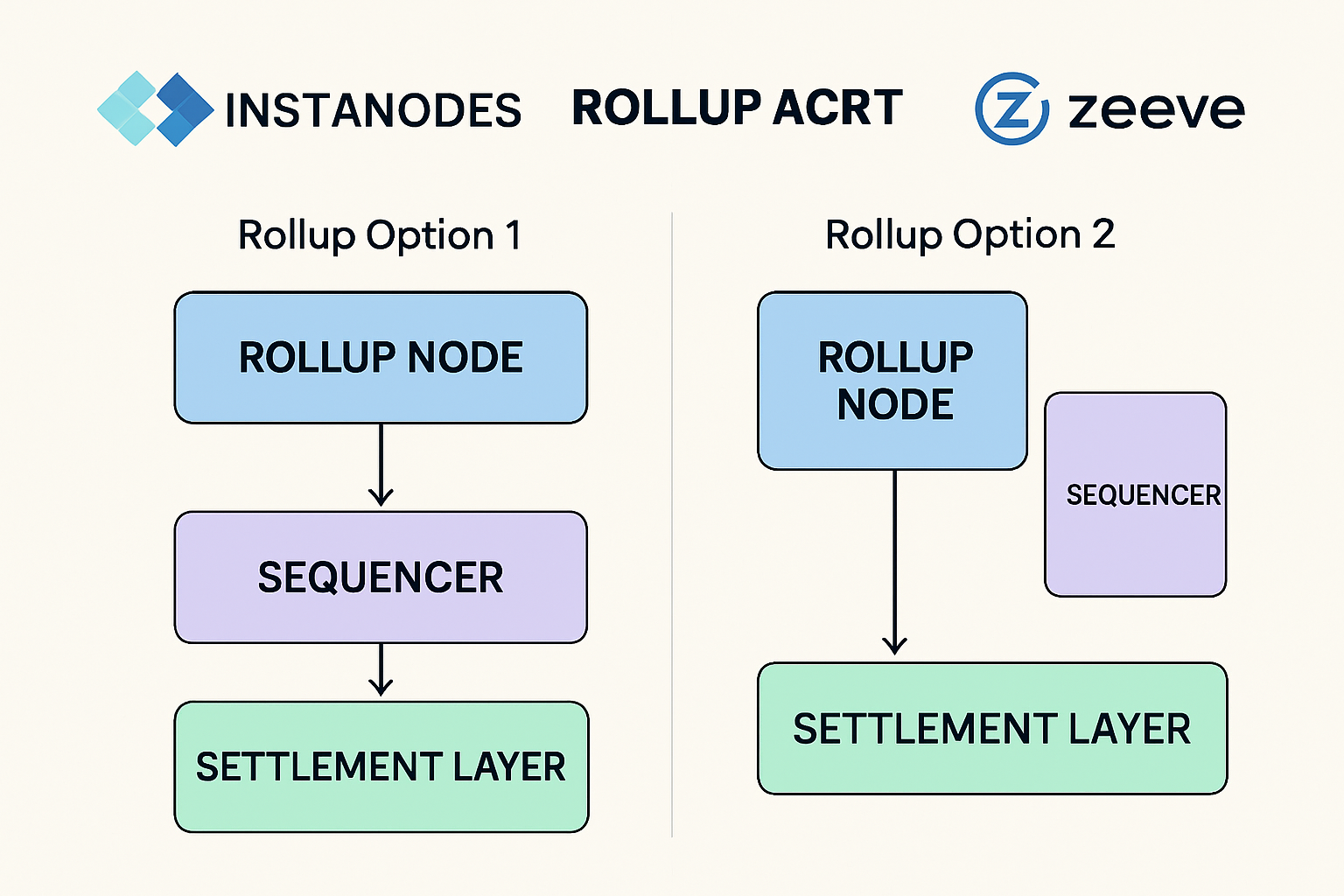
Support for Multiple Rollup Architectures: Providers such as Instanodes and Zeeve enable deployment of both zk-Rollups and Optimistic Rollups, offering flexibility based on security and scalability needs.
-
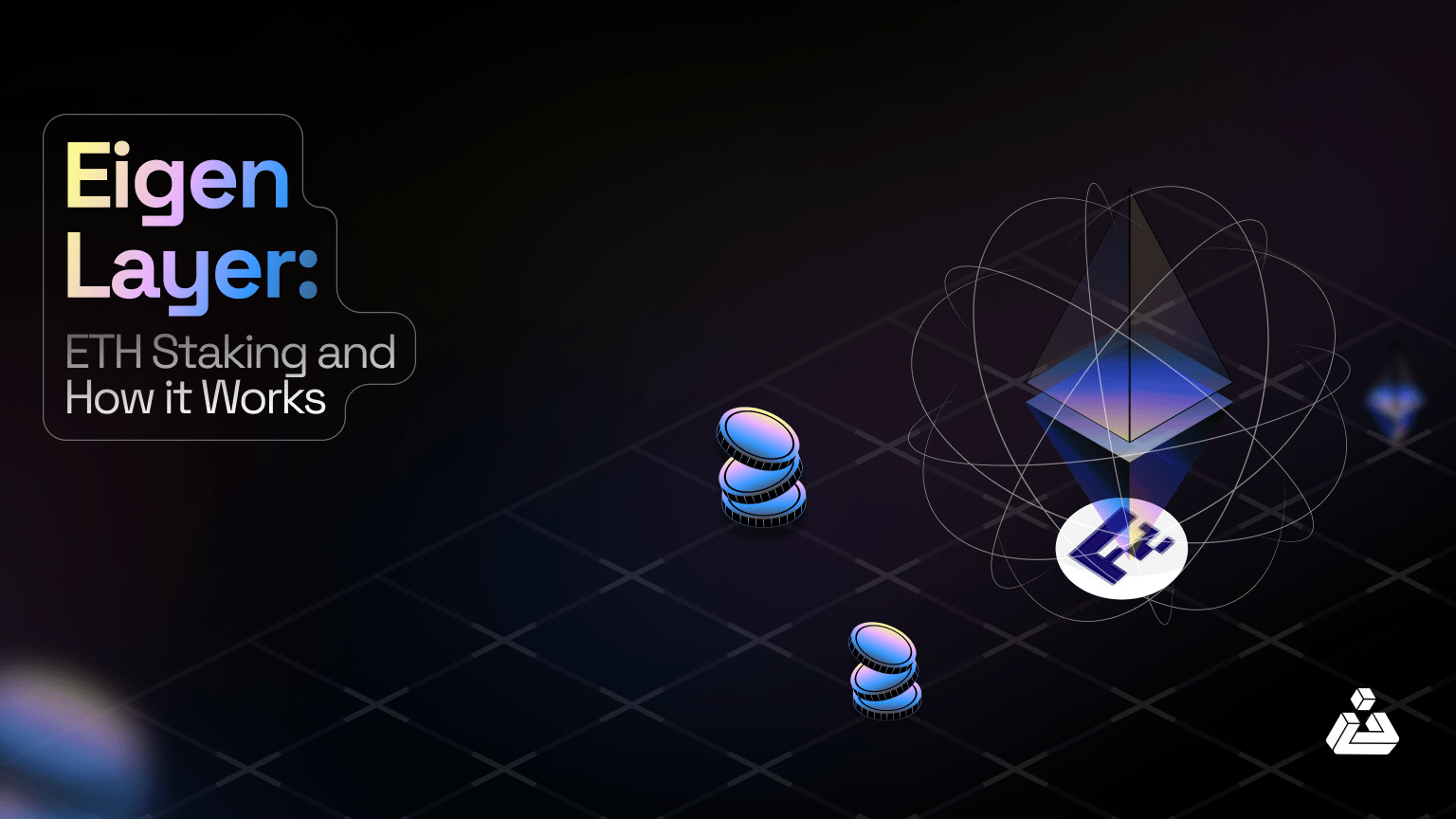
Customizable Data Availability Layers: Platforms like Ankr allow users to choose and configure data availability solutions, optimizing for cost, performance, and security.
-
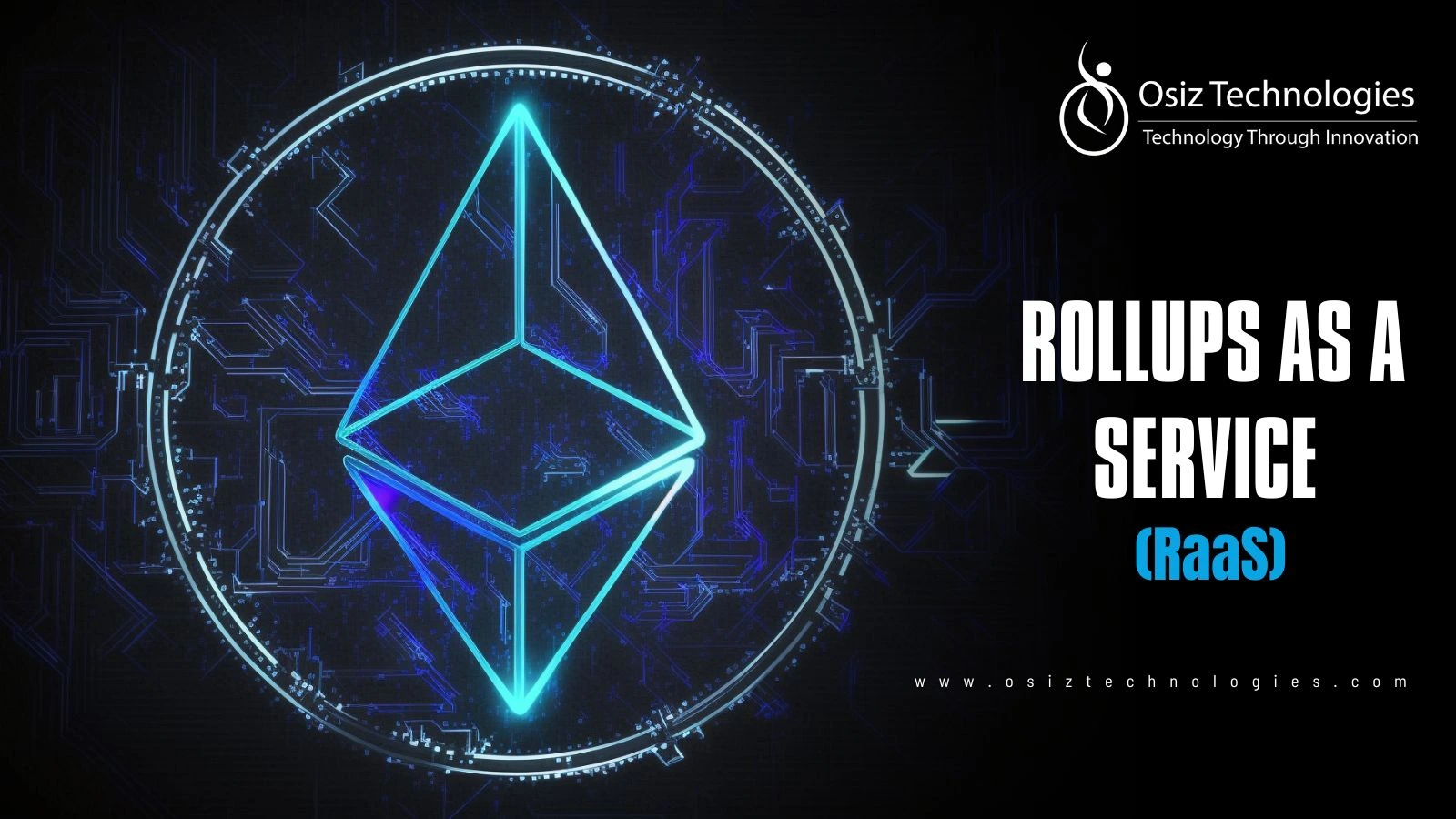
Integration with Major Layer 1 Blockchains: Leading RaaS solutions support seamless connection to networks such as Ethereum, Polkadot, and Arbitrum, enhancing interoperability and reach.
-
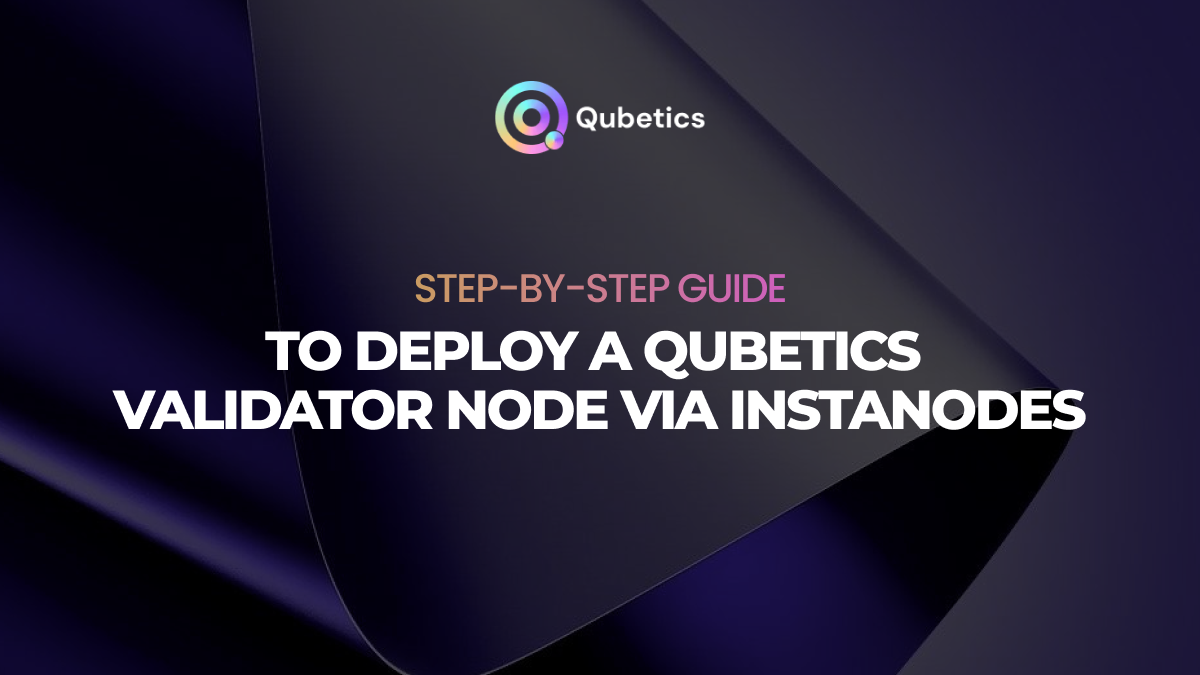
Real-Time Monitoring and Analytics: Platforms such as Instanodes provide dashboards with live analytics, transaction tracking, and health monitoring for deployed rollups.
-
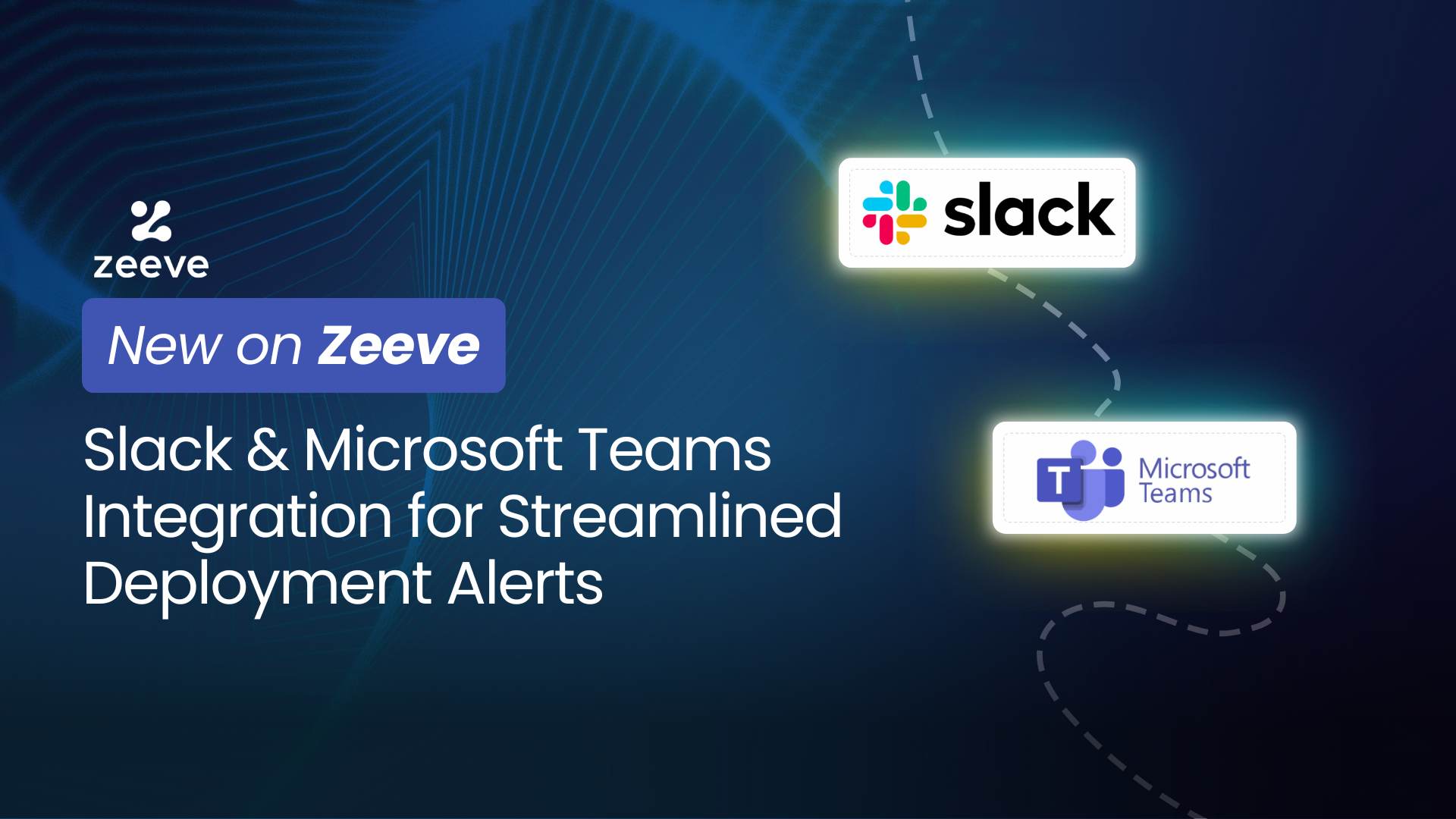
Enterprise-Grade Support and SLAs: Providers like Zeeve and Asphere offer 24/7 technical support, service level agreements, and dedicated onboarding for Web3 startups.
-
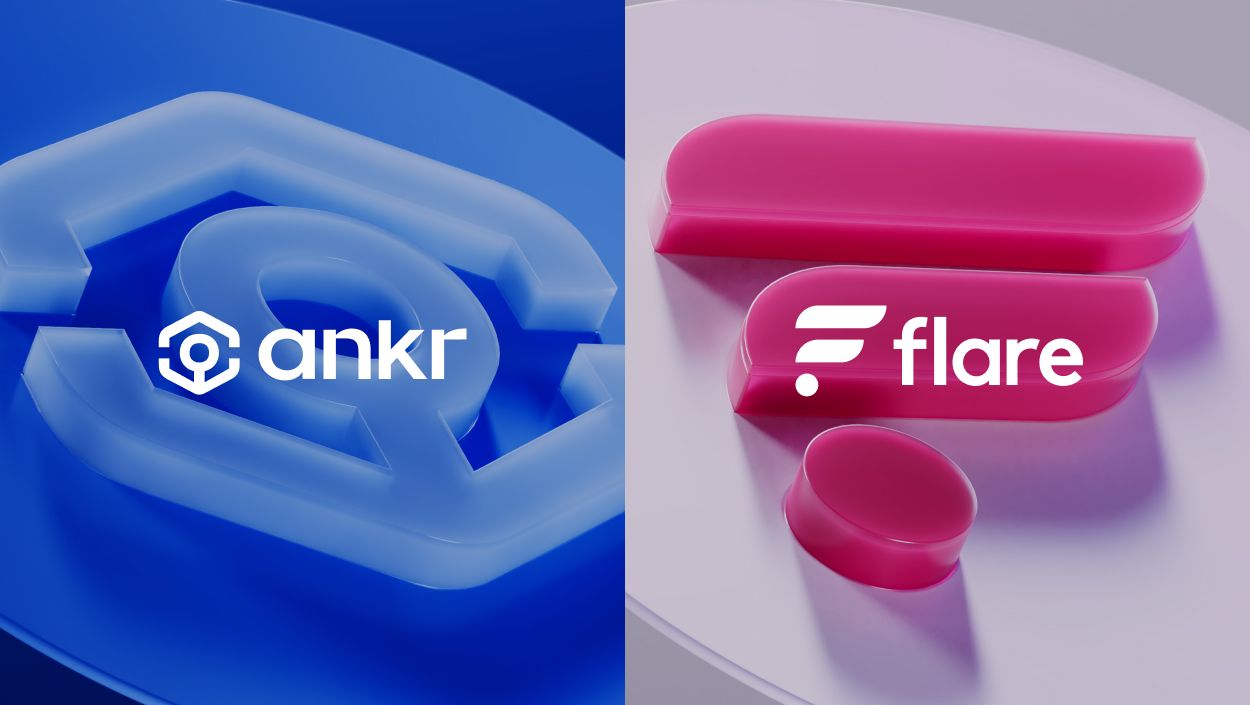
Rapid Testnet and Mainnet Deployment: Ankr and Caldera enable quick rollup launches on both testnet and mainnet environments, accelerating development and iteration cycles.
-
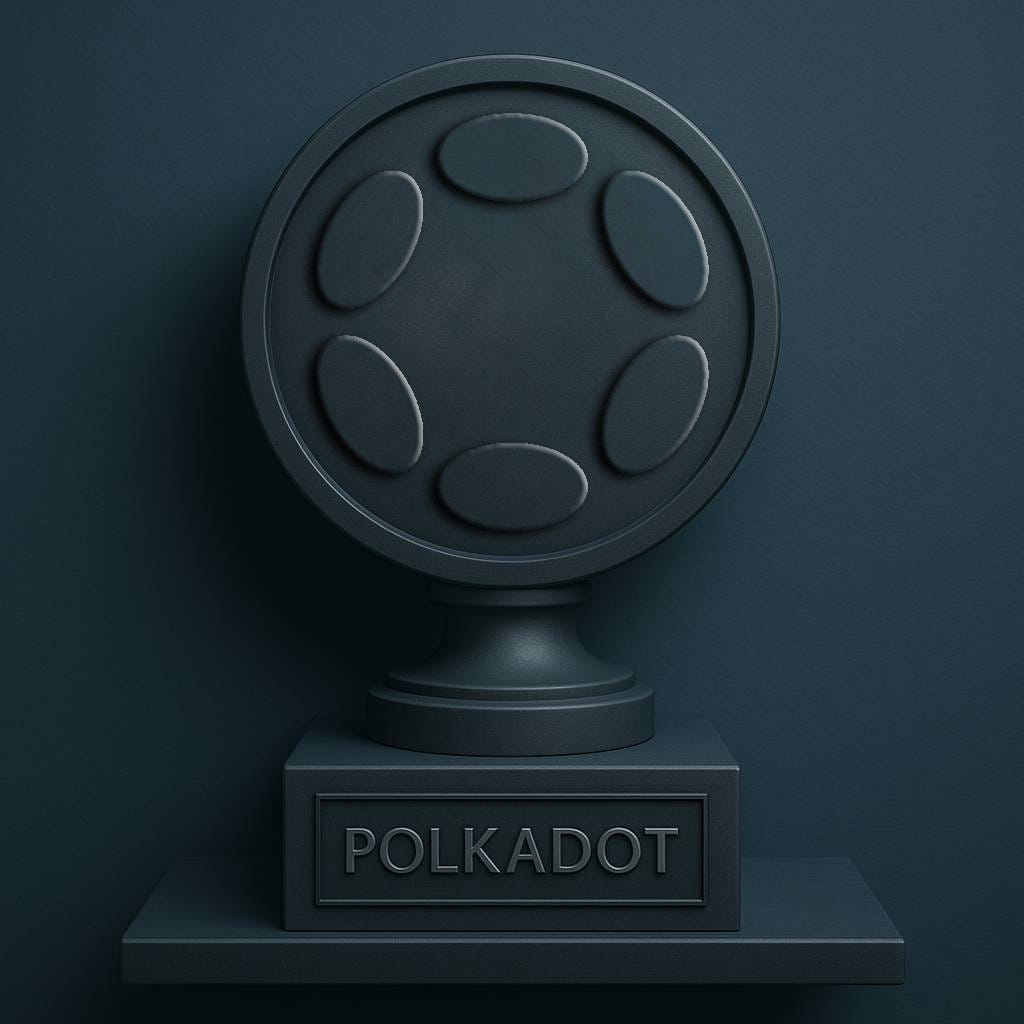
Interoperability and Cross-Chain Functionality: Asphere’s collaboration with the Web3 Foundation and Polkadot allows for high-performance, interoperable rollups, expanding use case possibilities for startups.
The result is a dramatic reduction in both time-to-market and operational overhead. By abstracting away the complexity of consensus mechanisms, sequencer management, and cross-chain interoperability, these providers empower even non-technical founders to launch secure and performant networks.
No-Code RaaS: Catalyzing Web3 Startup Growth
The impact on startup economics is profound. By eliminating the need for bespoke blockchain engineering talent, no-code RaaS platforms directly reduce capital outlays while accelerating product iteration cycles. This enables founders to shift focus from infrastructure headaches to user experience design and go-to-market strategy.
A notable milestone came in May 2025 when Asphere partnered with the Web3 Foundation to deliver a no-code rollup deployer tailored for the Polkadot ecosystem (source). This collaboration exemplifies how modular blockchain infrastructure is evolving: startups can now spin up high-performance, interoperable rollups within minutes, no advanced coding required.
These advances are not just theoretical. Early adopters are already reporting measurable improvements in deployment speed, security, and scalability. Real-world data from platforms like Instanodes and Zeeve show that startups leveraging no-code RaaS solutions can reduce app-chain launch times from months to hours, while maintaining enterprise-level uptime and compliance standards. This acceleration is particularly critical in the fast-moving DeFi and NFT sectors, where first-mover advantage often translates into outsized market share.
Key Challenges and Considerations for Startups
Despite the advantages, startups must approach no-code rollup deployment with a nuanced understanding of both its strengths and limitations. While pre-configured templates streamline many aspects of chain management, customization beyond the standard feature set may still require technical guidance or bespoke development. Security assumptions also differ across providers; due diligence around data availability layers, sequencer decentralization, and upgradeability is essential to avoid vendor lock-in or unforeseen vulnerabilities.
Risks & Best Practices When Choosing a No-Code RaaS Provider
-
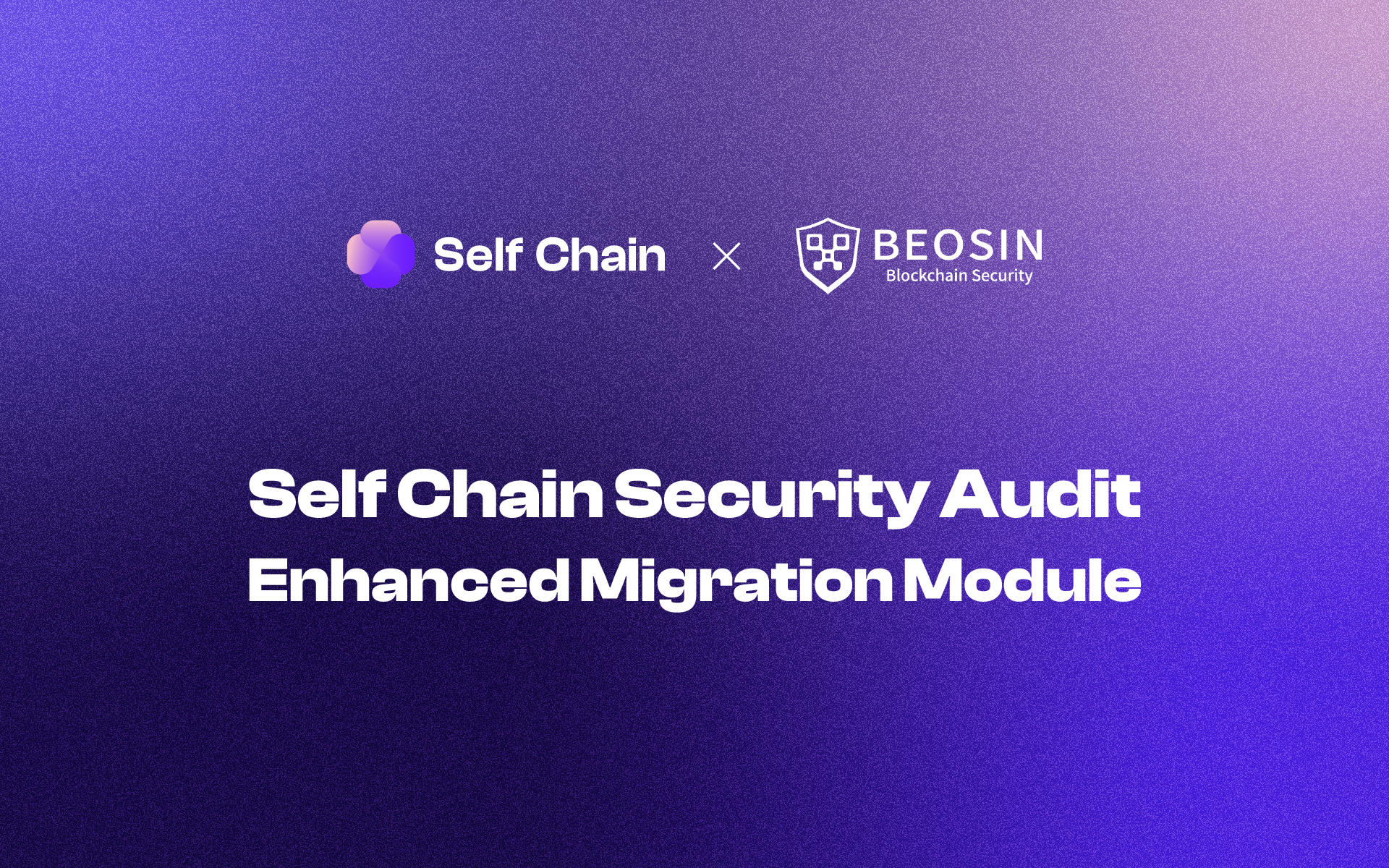
Assess Platform Security & Audit History: Ensure the RaaS provider, such as Ankr or Instanodes, has undergone independent security audits and publishes transparent reports. Look for evidence of ongoing vulnerability assessments and incident response protocols.
-

Evaluate Data Availability & Customization Options: Platforms like Asphere and Caldera offer customizable data availability layers. Verify that the provider supports both on-chain and off-chain data solutions, and allows for configuration based on your app-chain’s requirements.
-
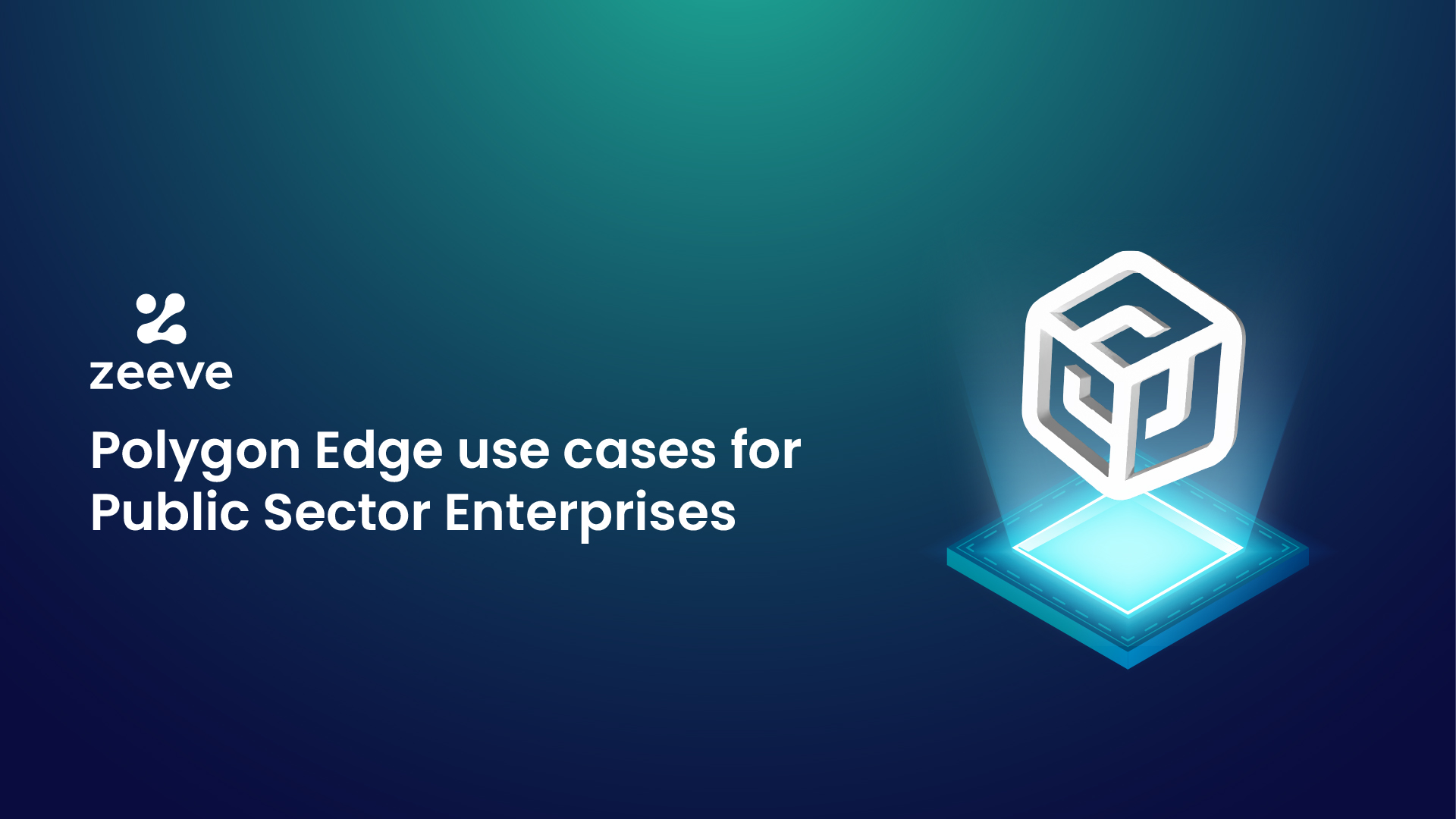
Review SLA and Uptime Guarantees: Enterprise-grade providers such as Zeeve advertise robust SLAs and high uptime. Request documented uptime statistics and support response commitments to minimize operational risk.
-
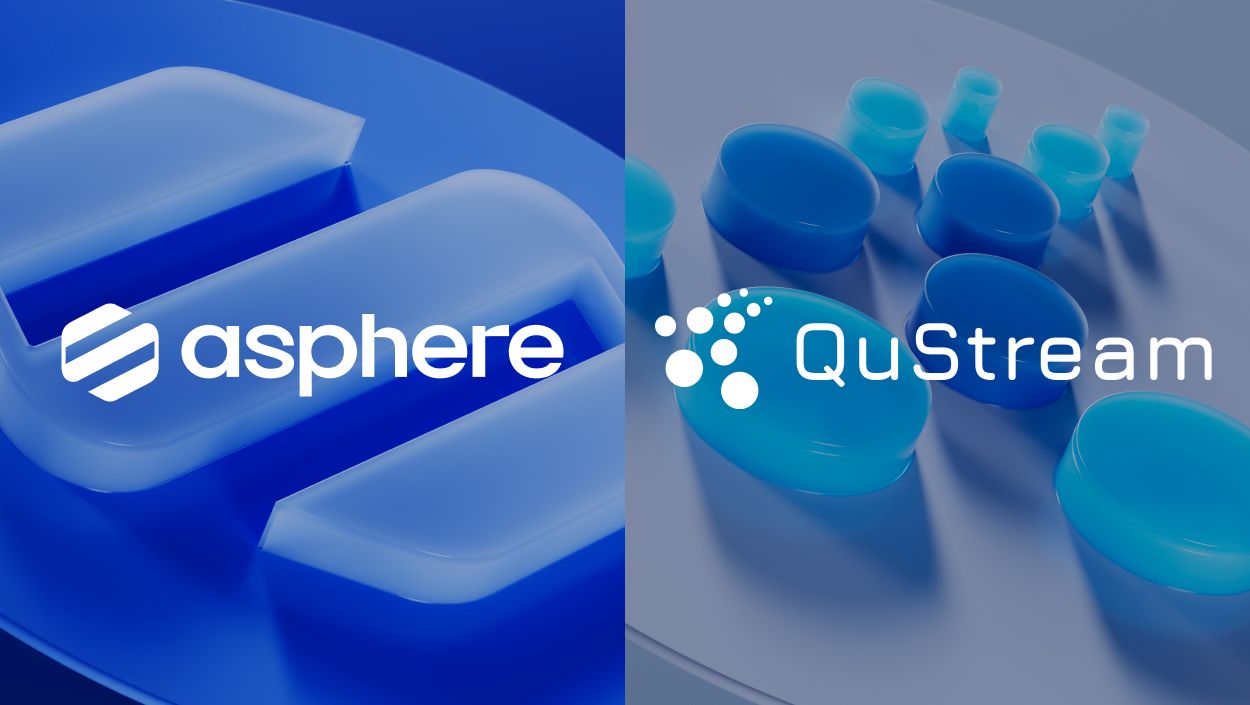
Check for Layer 1 and Ecosystem Integration: Leading RaaS platforms like Asphere (Polkadot), Ankr (Arbitrum Orbit, Optimism), and Instanodes (multi-chain) provide broad Layer 1 compatibility. Confirm seamless integration with your target blockchain ecosystem and available tooling.
-
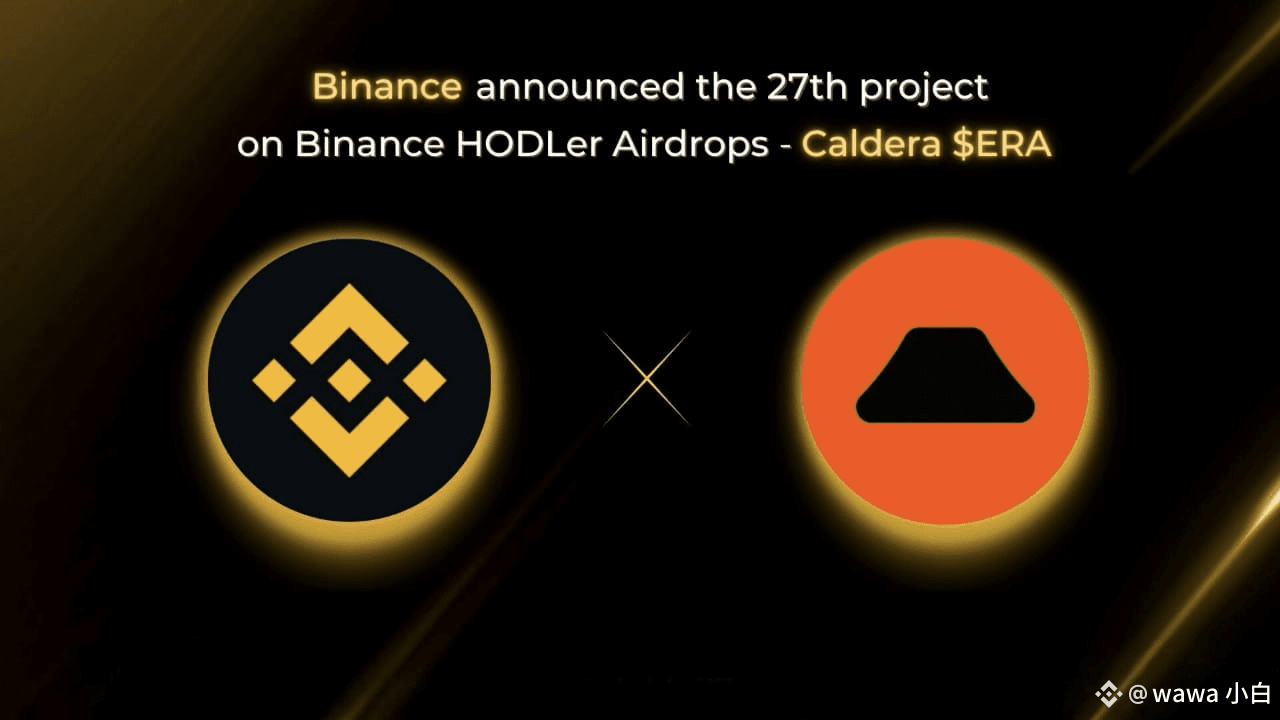
Analyze Pricing Transparency & Cost Structure: Understand the full cost model, including deployment, maintenance, and scaling fees. Compare pricing documentation from providers like Caldera and Stackr Labs to avoid hidden expenses.
-

Investigate Governance and Upgrade Mechanisms: Ensure the provider supports secure governance processes for upgrades and protocol changes. Platforms such as AltLayer and Sovereign Labs may offer customizable governance modules—review their documentation for details.
-
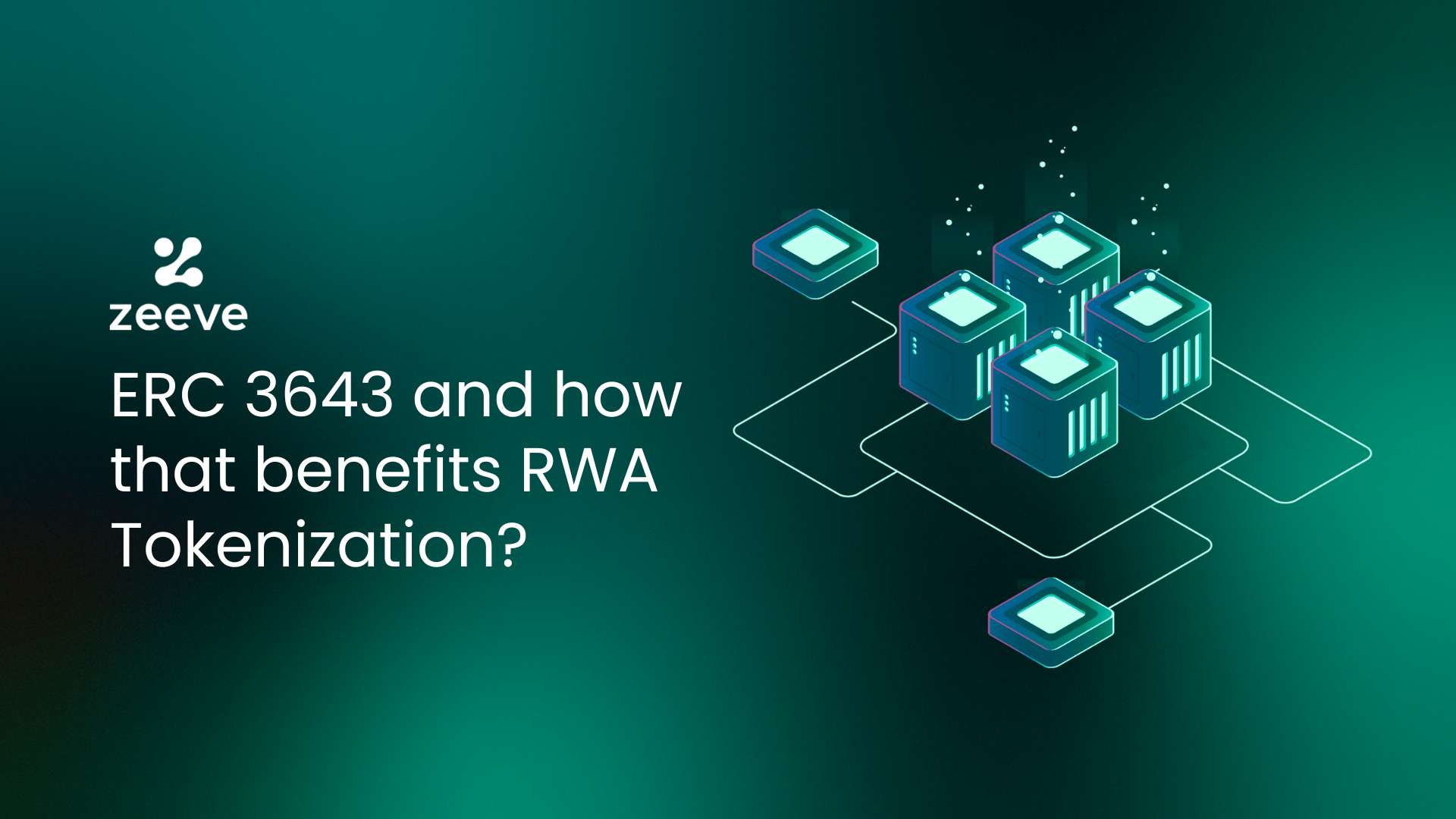
Prioritize Regulatory Compliance & Data Residency: For enterprise and global deployments, confirm that the RaaS provider complies with relevant regulations and offers data residency options. Check for compliance statements from providers like Zeeve and Blockchain App Factory.
-
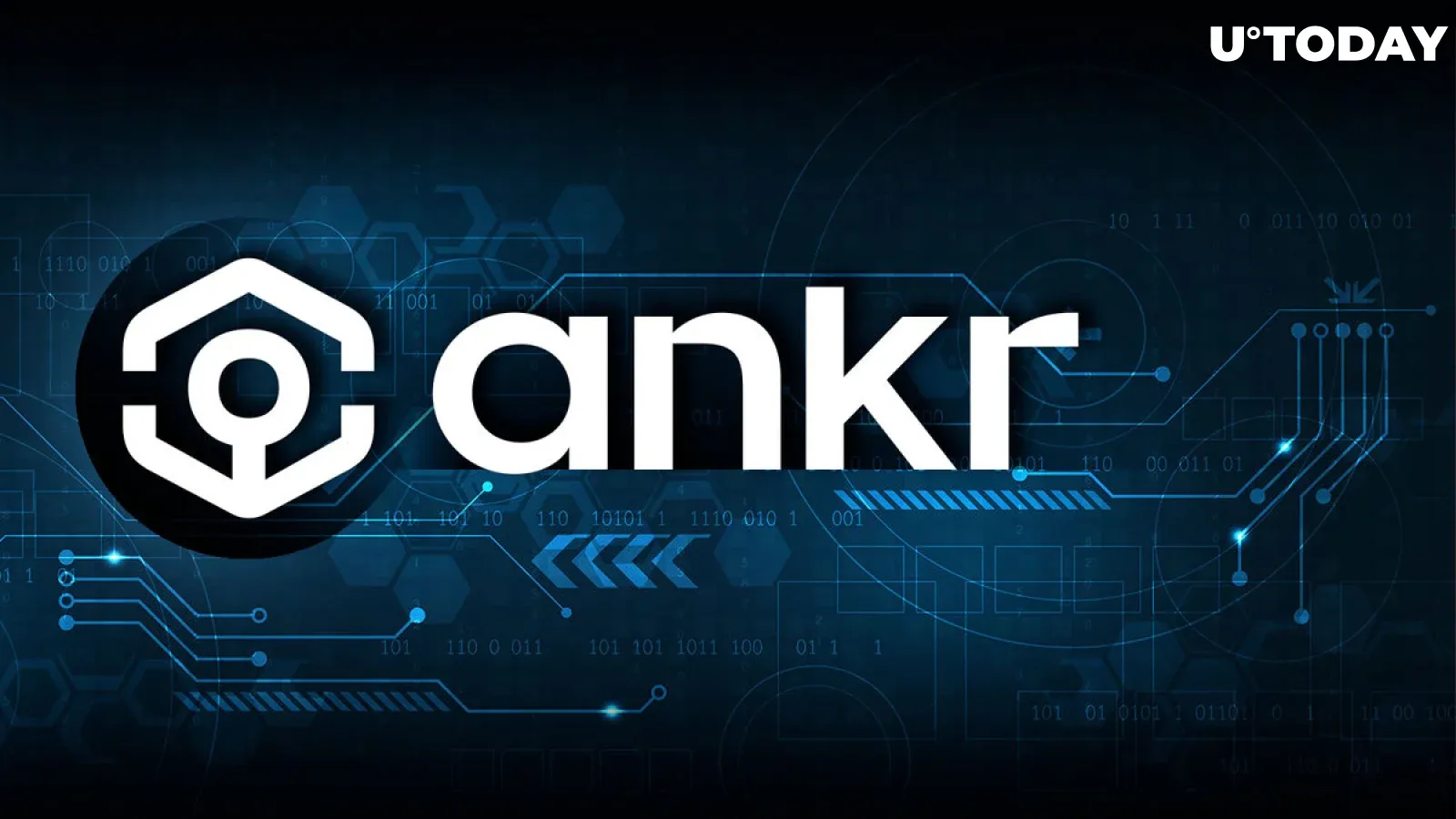
Scrutinize Support and Community Resources: Evaluate the quality of technical support, developer documentation, and community engagement. Platforms like Ankr and Instanodes highlight 24/7 support and active knowledge bases.
-
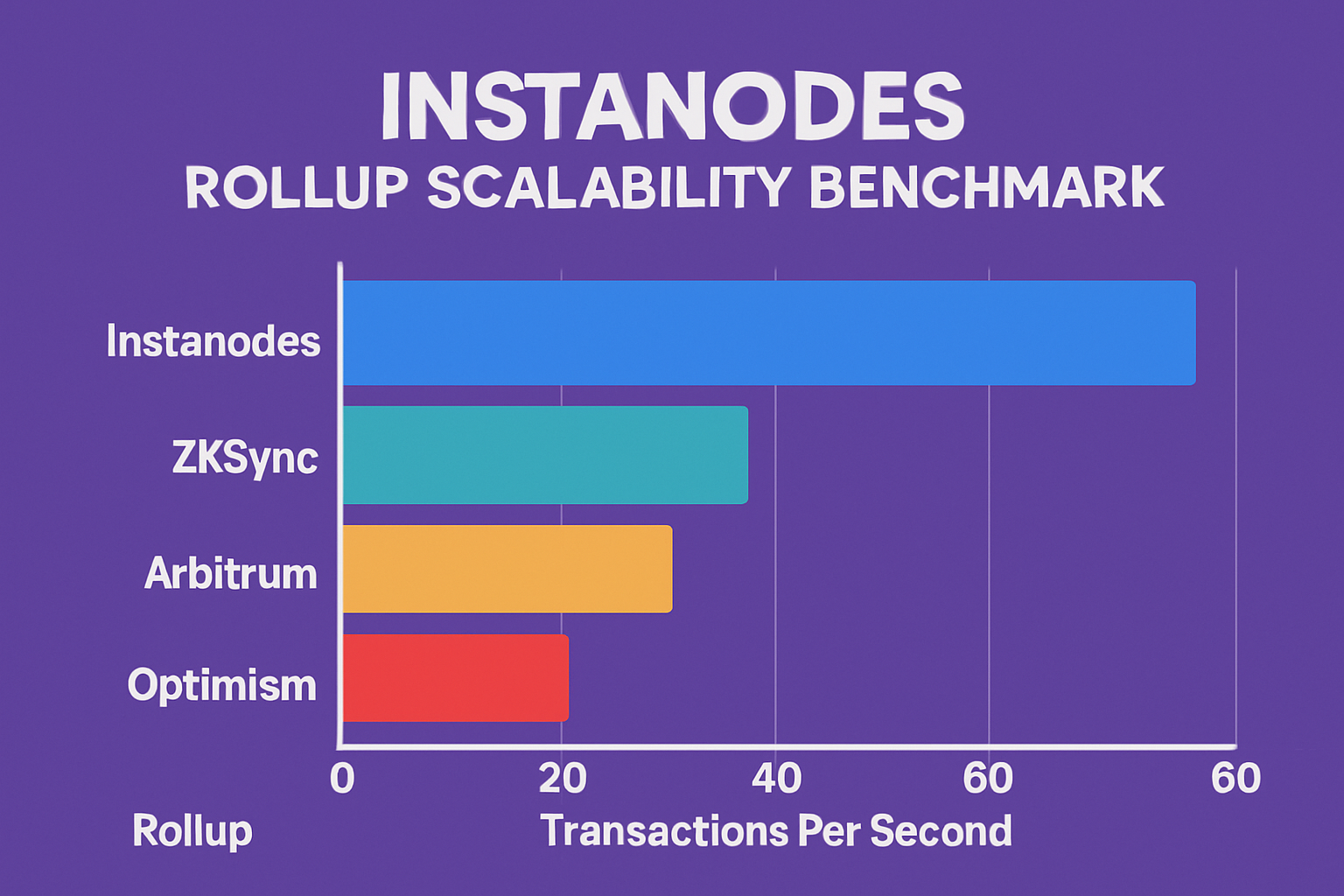
Test for Scalability and Performance Benchmarks: Request performance metrics and case studies demonstrating how the provider handles scaling under real-world conditions. Look for published benchmarks from Instanodes and Zeeve.
Additionally, regulatory clarity remains a moving target as jurisdictions adapt to modular blockchain architectures. Leading providers such as Asphere address this by embedding compliance tooling and 24/7 monitoring into their offerings (source). However, founders should actively monitor evolving legal frameworks, especially if targeting enterprise or cross-border use cases.
The Road Ahead: Modular Infrastructure as the New Baseline
No-code Rollup-as-a-Service platforms are fundamentally redefining what it means to build on Web3. The convergence of plug-and-play modularity, robust security primitives, and enterprise-grade support is lowering the barrier for innovation at every stage, from hackathon prototypes to production-grade deployments. As more ecosystems embrace app-specific rollups and interoperable L2 solutions, we can expect competition among RaaS providers to intensify further, driving down costs while expanding feature sets.
For founders navigating this landscape in 2025 and beyond, the strategic imperative is clear: leverage modular infrastructure to accelerate experimentation without sacrificing security or compliance. The winners in this new era will be those who can rapidly iterate on user-facing products while relying on proven RaaS partners for backend resilience.
